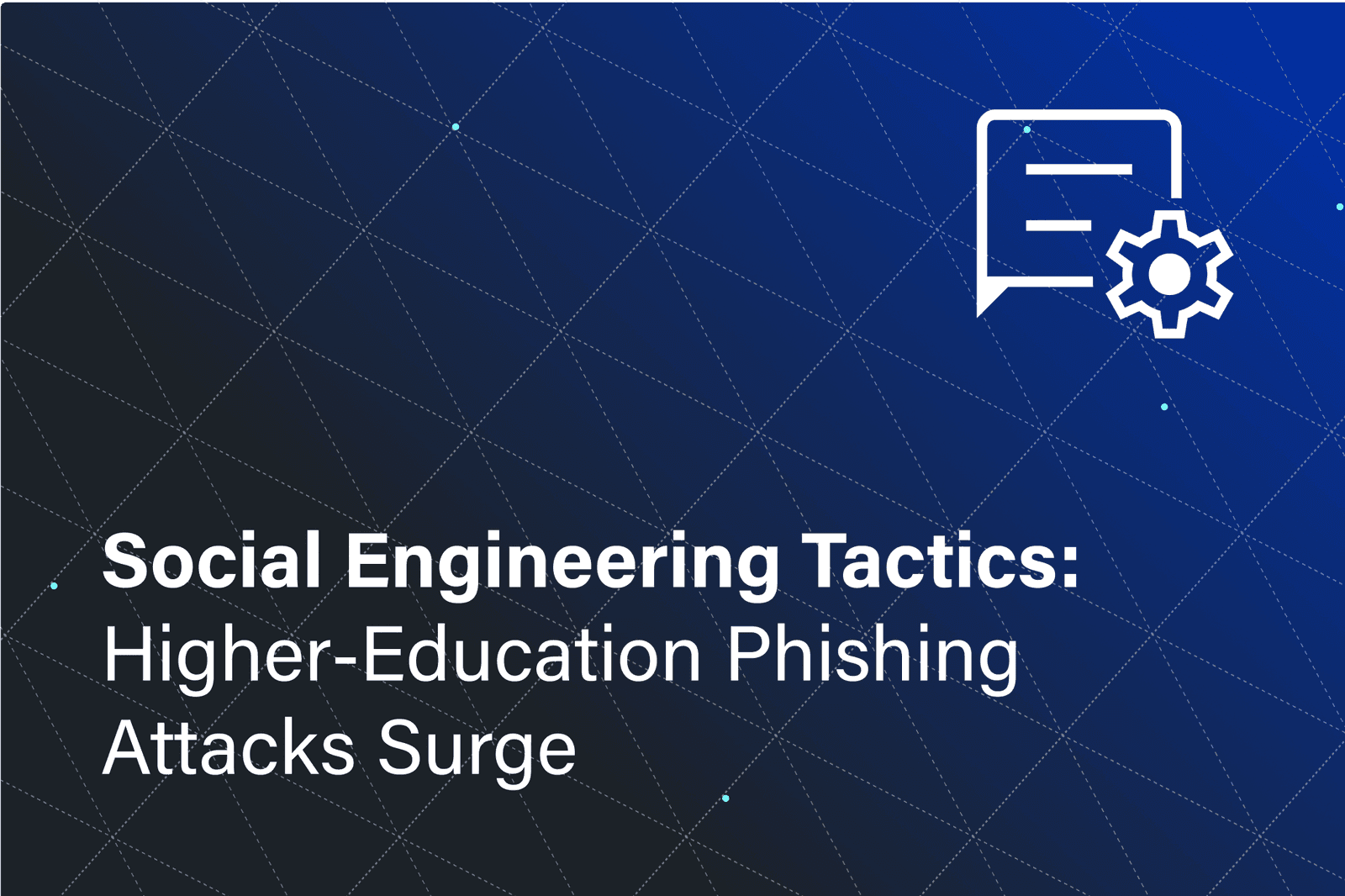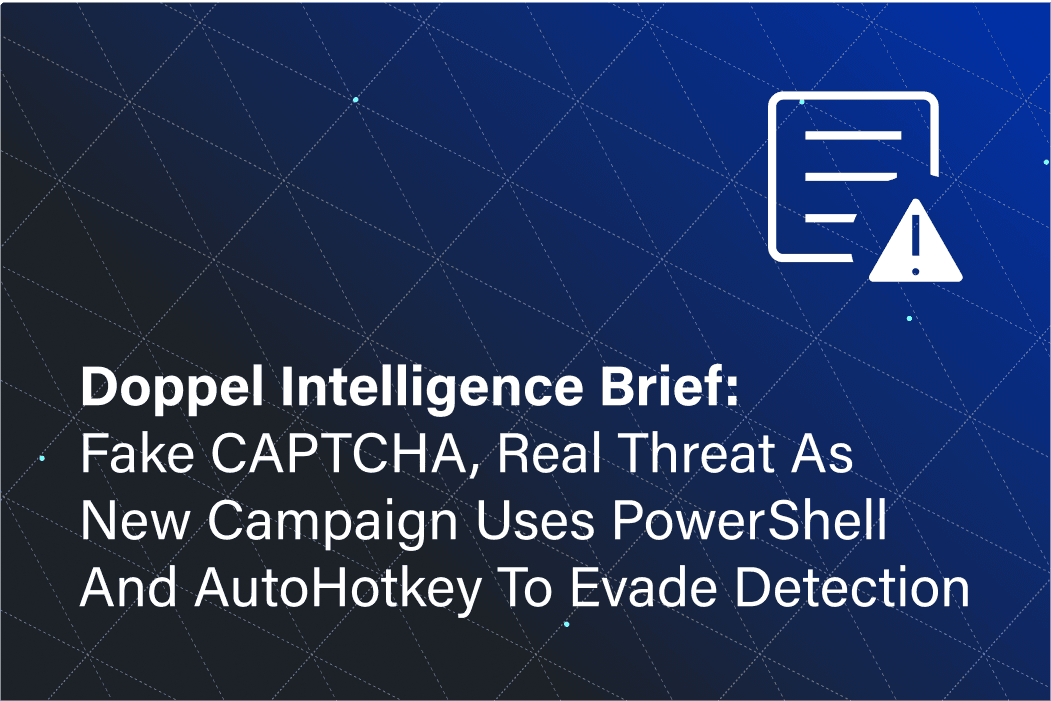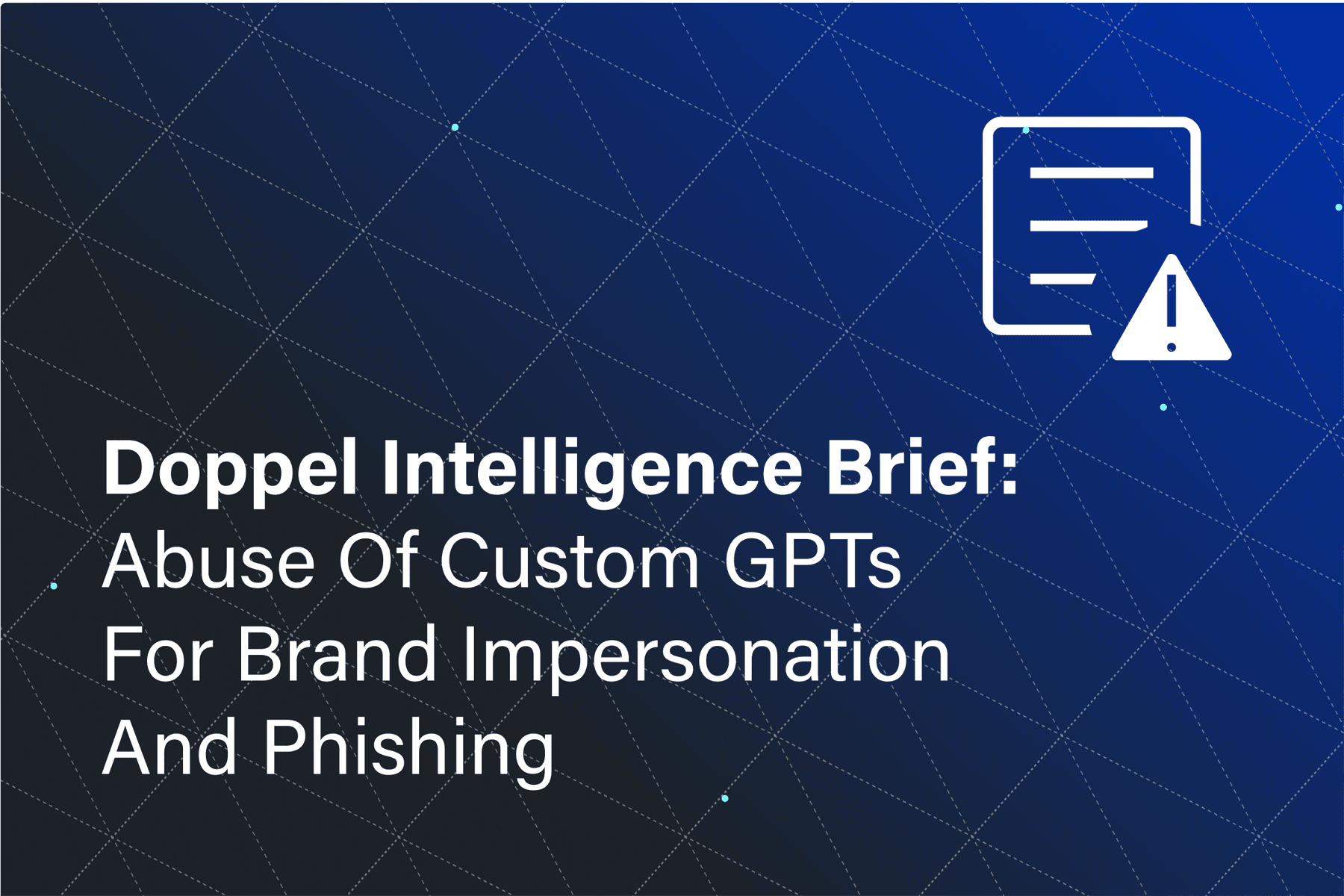The higher-education sector is facing a sharp rise in phishing attacks, as cybercriminals increasingly exploit the academic calendar, financial aid cycles, and student services to target universities and colleges. From cloned login pages to malicious Google Forms hosted on compromised school domains, attackers are using sophisticated techniques to steal credentials, redirect financial aid payments, and compromise institutional reputations.
Phishing Campaigns Are Increasingly Targeting Higher Education
According to Mandiant and Google Cloud Threat Intelligence, since August 2024 there has been a significant spike in phishing attacks aimed at U.S. universities. Attackers strategically align campaigns with:
- Back-to-school enrollment periods
- Financial aid deadlines
- Tuition payment cycles
By exploiting these high-pressure moments, attackers maximize the likelihood of students, faculty, and administrators clicking malicious links without second-guessing them.
The Rise of Fake University Login Pages
A particularly alarming tactic involves cloned university login portals designed to harvest credentials. Attackers recreate institutional landing pages with pixel-perfect accuracy, then redirect victims to attacker-controlled infrastructure after they submit credentials.
These pages are often hosted on compromised.edu domains, making them appear legitimate. Kaspersky researchers warn that this trend is accelerating rapidly among top U.S. and European universities, leveraging trusted digital infrastructure to bypass traditional security filters.
New Attack Vectors: Malicious Google Forms & Payment Redirection
A growing number of campaigns leverage Google Forms to collect sensitive data from unsuspecting students and faculty. According to Wired, attackers often:
- Host fake forms on compromised university accounts to appear trusted
- Collect personal data, login credentials, or financial details
- Avoid detection because the forms are served via legitimate Google infrastructure
This approach exploits trust in Google’s ecosystem, making it harder for security teams to distinguish between legitimate and malicious forms.
Financial Aid & Payroll Payment Redirection
In addition to credential theft, attackers increasingly focus on redirecting financial aid disbursements or payroll payments. NetmanageIT found that attackers frequently:
- Compromise faculty accounts
- Use those accounts to phish students and staff
- Intercept financial aid payments by altering routing details
This two-step strategy underscores the importance of account security hygiene and advanced monitoring for anomalous login patterns.
Behavioral Social Engineering: Beyond Traditional Phishing
Traditional email phishing isn’t the only vector anymore. Indiana University reports an increase in multi-channel social engineering targeting students via:
- SMS and messaging apps
- Social media impersonation of university staff
- Deepfake-enabled voice phishing (vishing) campaigns
These adaptive techniques blur the line between phishing, identity theft, and business email compromise (BEC)—making human awareness training and advanced monitoring more critical than ever.
Best Practices for Defending Against Higher-Ed Phishing Threats
Based on our team’s expertise, along with recommendations from Mandiant and CISA, universities and colleges should adopt a multi-layered approach combining technical controls, threat intelligence, and awareness training.
1. Leverage Trusted Threat Intelligence
Use curated intelligence from sources like Mandiant, Google Threat Intelligence, and CERT advisories to stay ahead of active campaigns. Avoid relying on unverified indicators of compromise (IOCs) from public forums—prioritize vetted, reputable feeds.
2. Implement Advanced Detection Technologies
- Deploy SIEM platforms to correlate events across email, web, and network layers.
- Use sandbox environments to safely analyze suspicious URLs or attachments.
- Leverage endpoint detection and response (EDR) to flag credential-stealing malware.
Automating IOC ingestion and triage helps reduce analyst fatigue while improving detection accuracy.
3. Strengthen Email & Identity Protections
- Enforce multi-factor authentication (MFA) on all institutional systems.
- Implement DMARC, DKIM, and SPF policies to block spoofed sender domains.
- Use advanced phishing-resistant authentication for payroll and financial aid platforms.
4. Train and Test Continuously
Technical defenses alone aren’t enough. Regular phishing simulation campaigns ensure students, faculty, and administrators can recognize and report suspicious emails. Doppel’s simulation product, for example, can replicate cloned login pages and Google Form-based attacks, giving teams hands-on experience with current tactics.
5. Share Intelligence Securely
Participate in higher-ed security information-sharing groups, leveraging STIX/TAXII standards to collaborate safely without exposing sensitive data. Community-driven defense strengthens detection and response across the entire sector.
The Road Ahead for Higher-Education Security
The threat landscape is accelerating, with attackers leveraging AI-driven tactics, compromised institutional infrastructure, and social engineering to exploit trust at scale. The takeaway for university CISOs and IT leaders is clear:
- Threats are becoming more targeted
- Attackers are leveraging trusted platforms like Google Forms and .edu email domains
- Defenses must evolve beyond legacy tools and generic awareness training
By combining real-time threat intelligence, modern detection tools, and immersive phishing simulations, higher-education institutions can stay ahead of attackers and safeguard their students, faculty, and reputations.
See how Doppel's proactive strategy stops social engineering before it does damage – book a demo.


